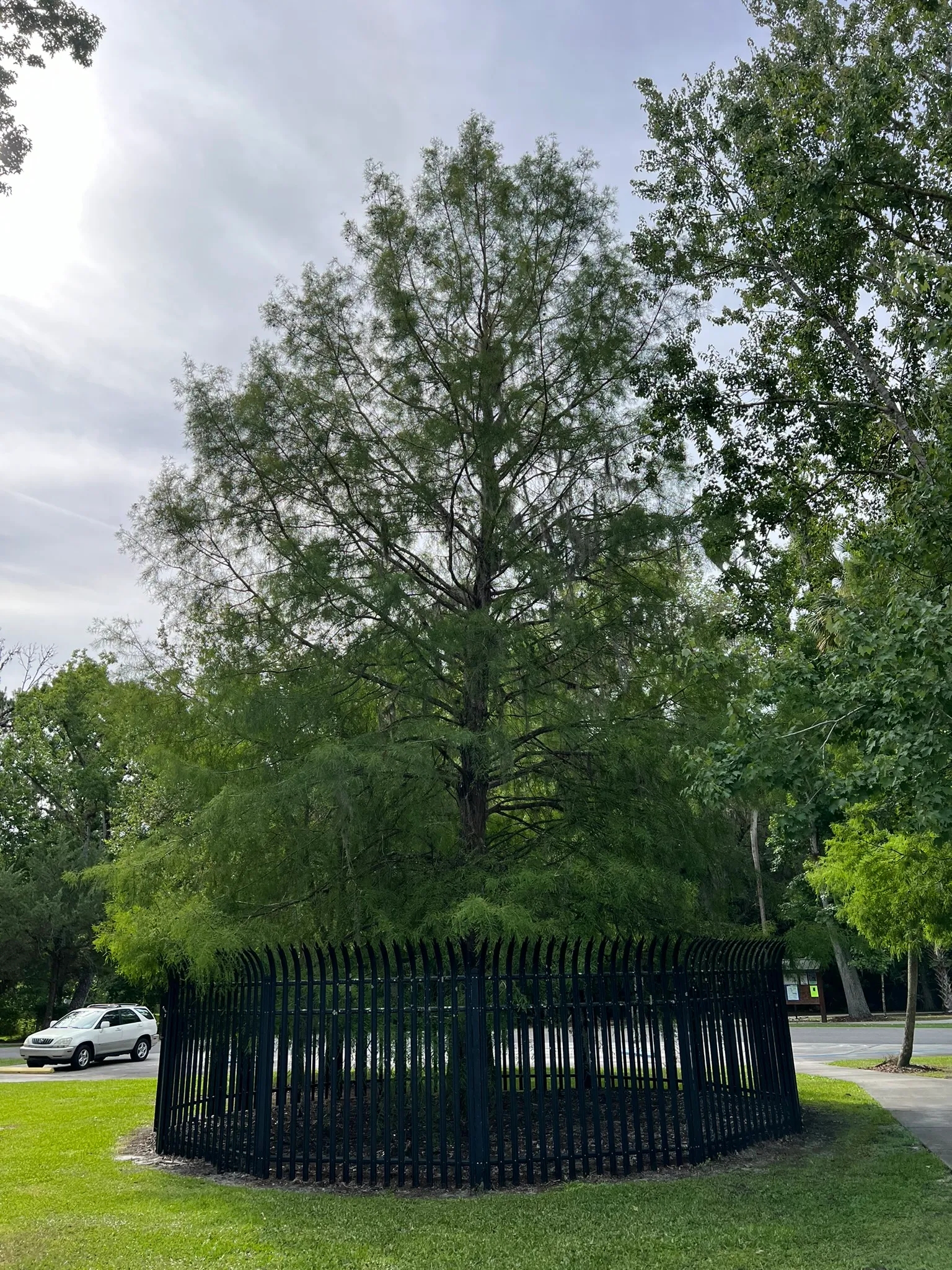Elderberry
A fast-growing, deciduous shrub or small tree prized for its edible flowers and antioxidant-rich fruits, which have been used for centuries in pies, jellies, syrups, and more. Native to the eastern United States, including Florida, it thrives in a wide range of conditions and is a valuable food source for local wildlife. Growing to between 5 and 12 feet tall with a similar spread, elderberry develops into a multi-stemmed thicket if left unpruned. Its bright green compound leaves provide a delicate texture, and in early summer, it displays showy clusters of snowy white flowers. These give way to dark purple to black berries in mid to late summer, which are safe to consume when ripe.
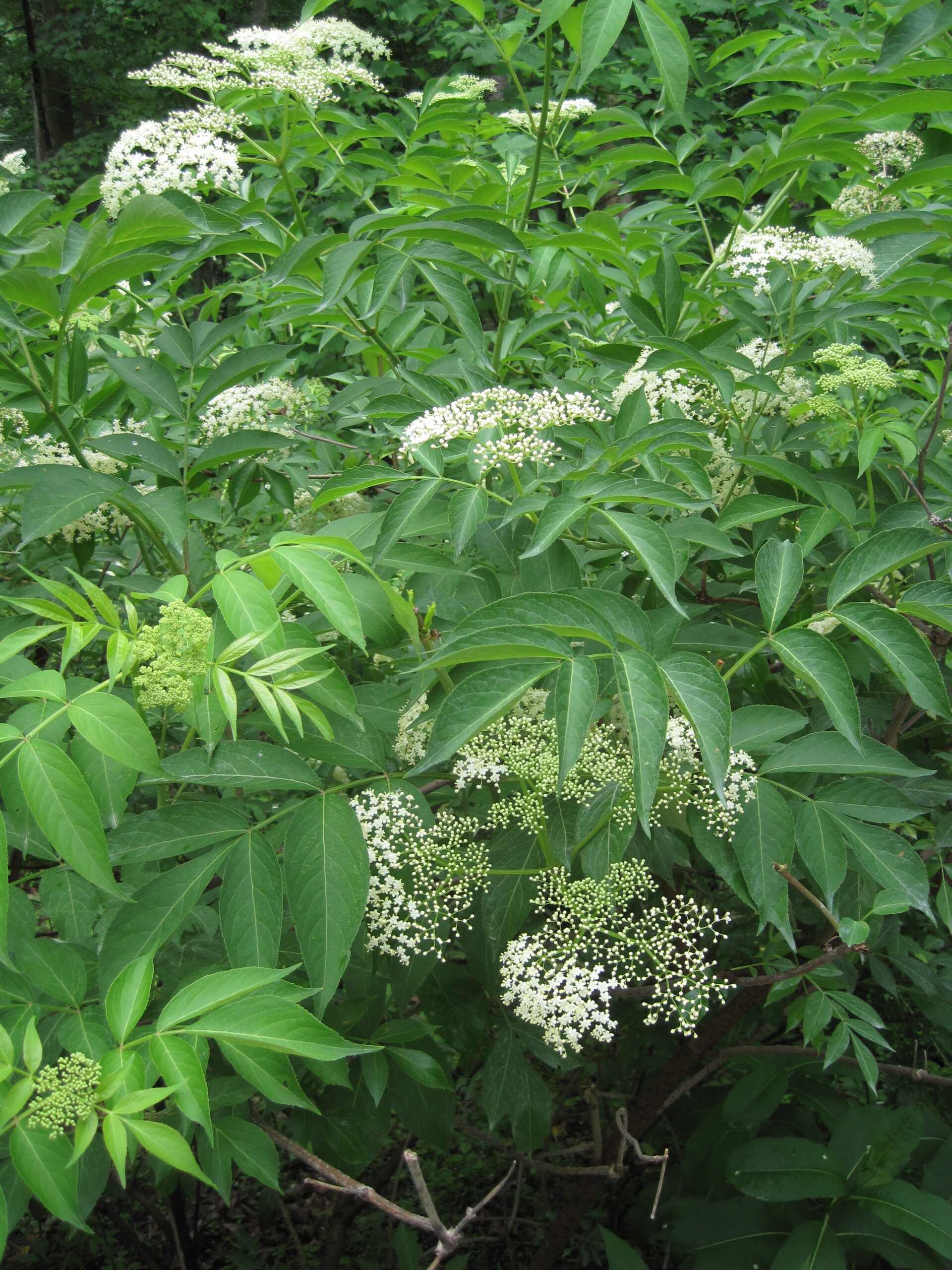
Sizes Available
Wholesale Only
1 Gallon
$4.00
3 Gallon
$8.00
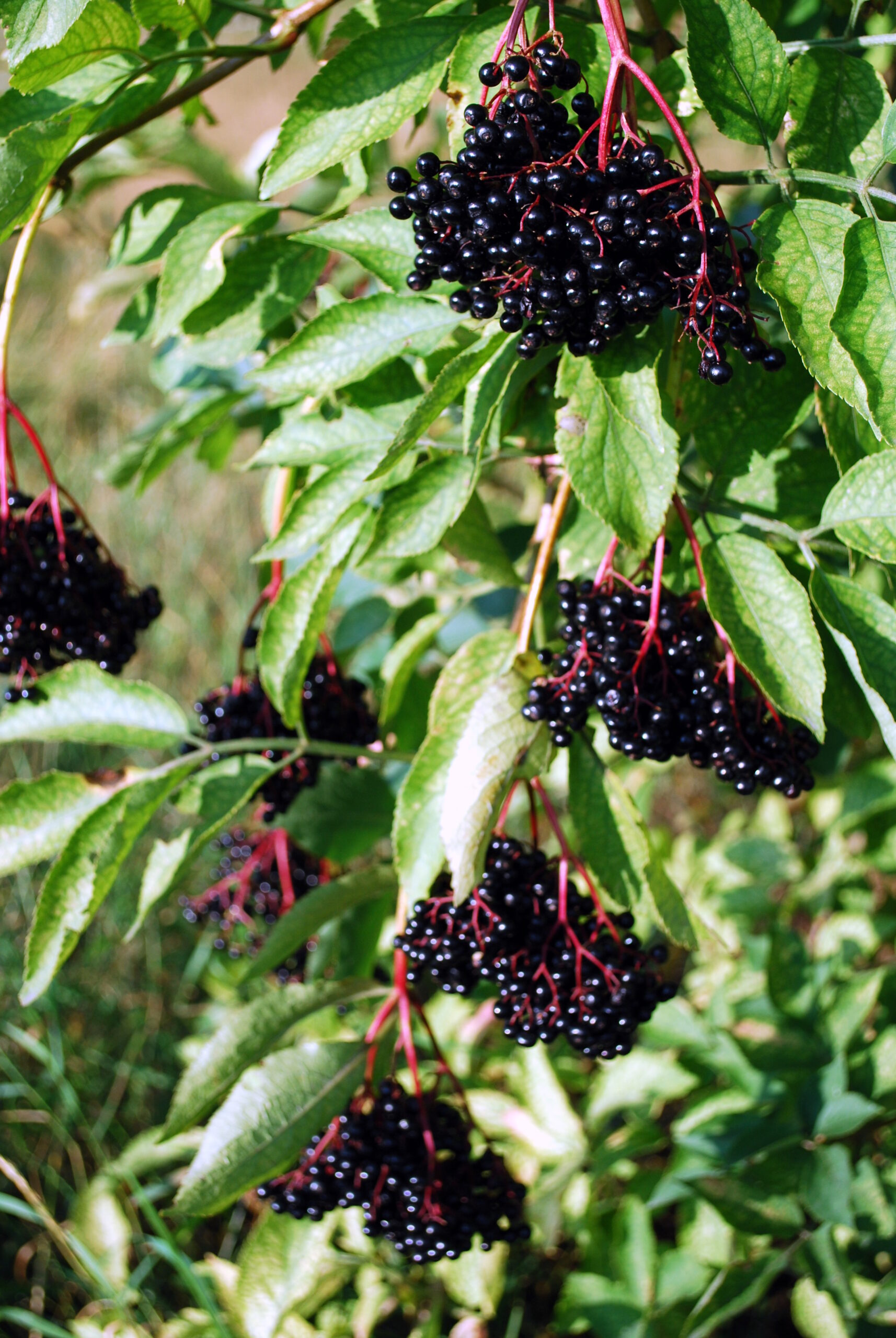
A cluster of ripe, dark purple elderberries ready for harvest.
Scientific Name: Sambucus nigra ssp. canadensis (formerly S. simpsonii)
Common Name(s): Elderberry, American Elder
Hardiness Zones: 4A-10B
Height: 5-12 feet
Spread: Up to 10 feet
Growth Rate: Fast
Foliage: Spring & Summer: Bright green, compound leaves with 5 to 11 leaflets, arranged oppositely on drooping branches. Deciduous in colder areas, sometimes evergreen in South Florida. Fall: No significant color change mentioned.
Bark: Woody stems that start herbaceous and become light gray to brown with scattered lenticels.
Sun: Full sun to partial shade
Soil: Prefers moist, fertile soils. Tolerates acidic and alkaline soils and some drought.
Wildlife Value: Fruits are popular with birds and small mammals. Flowers attract many pollinators. Larval host for some butterfly species. Provides cover and nesting areas for wildlife.
Why Choose Elderberry?
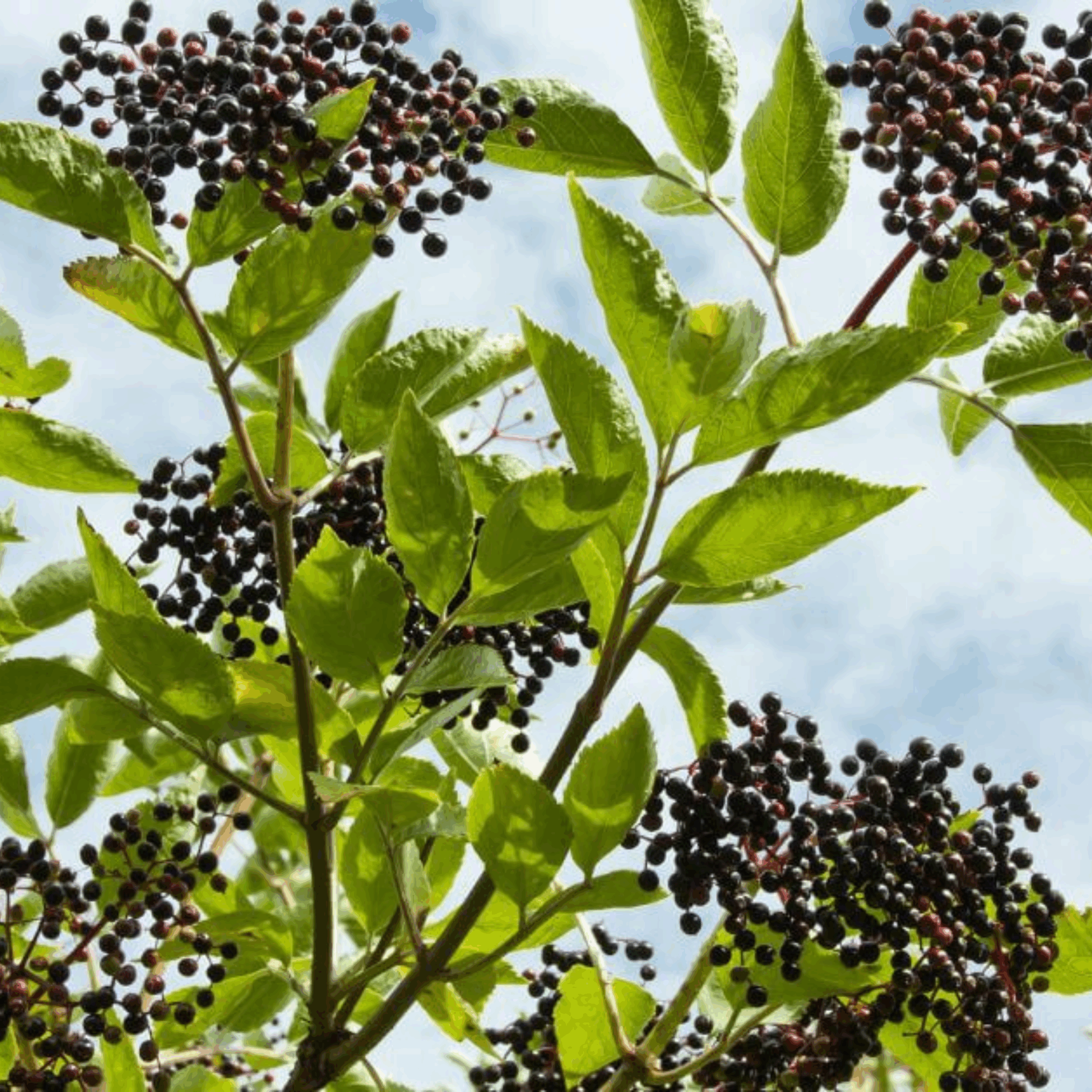
Edible Flowers and Fruits:
Offers the opportunity to harvest and use elderflowers and ripe elderberries for various culinary and medicinal purposes (with proper preparation).

Fast Growth:
Quickly establishes and provides visual interest and wildlife value.
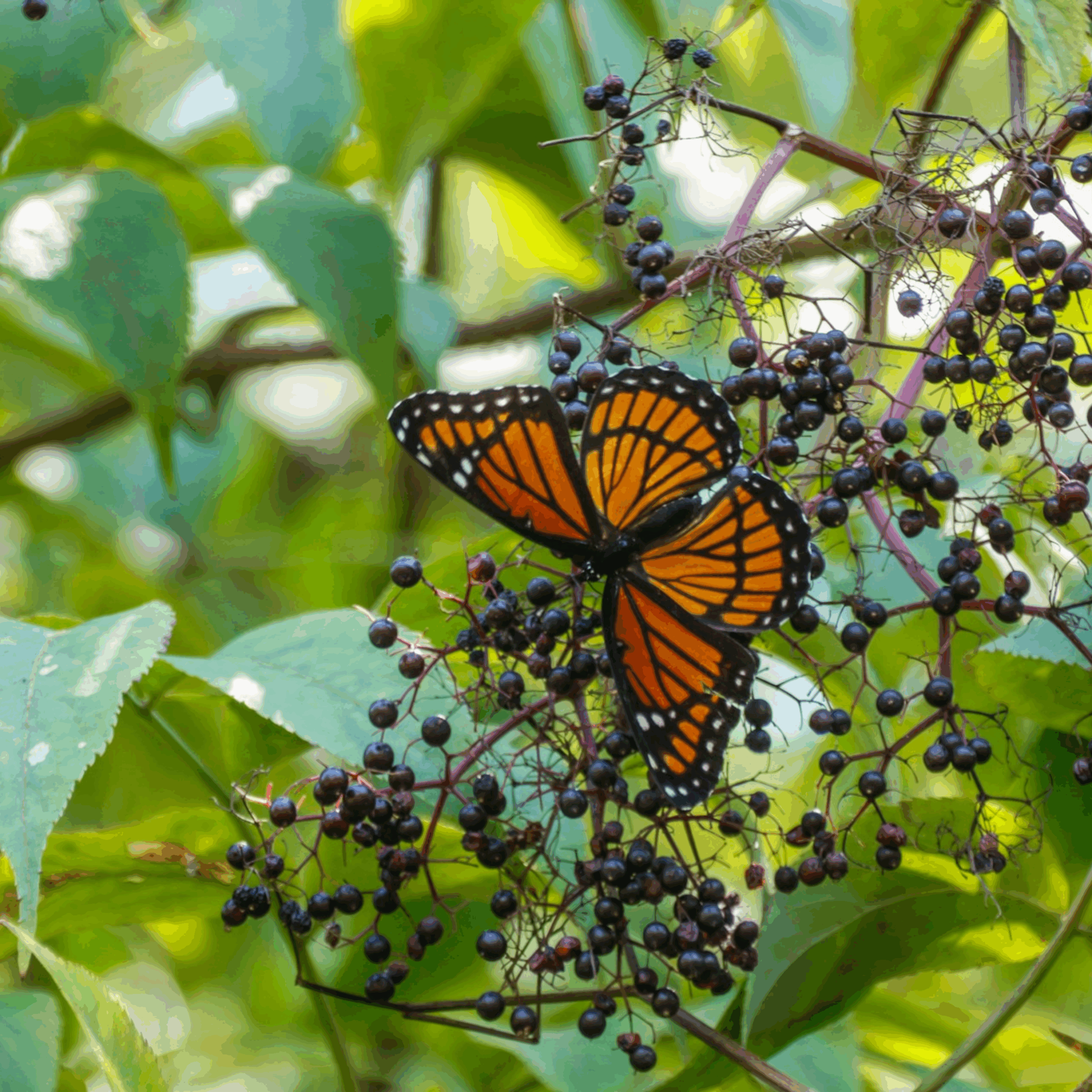
Attracts Pollinators:
The showy white flowers are a magnet for bees and other beneficial insects.
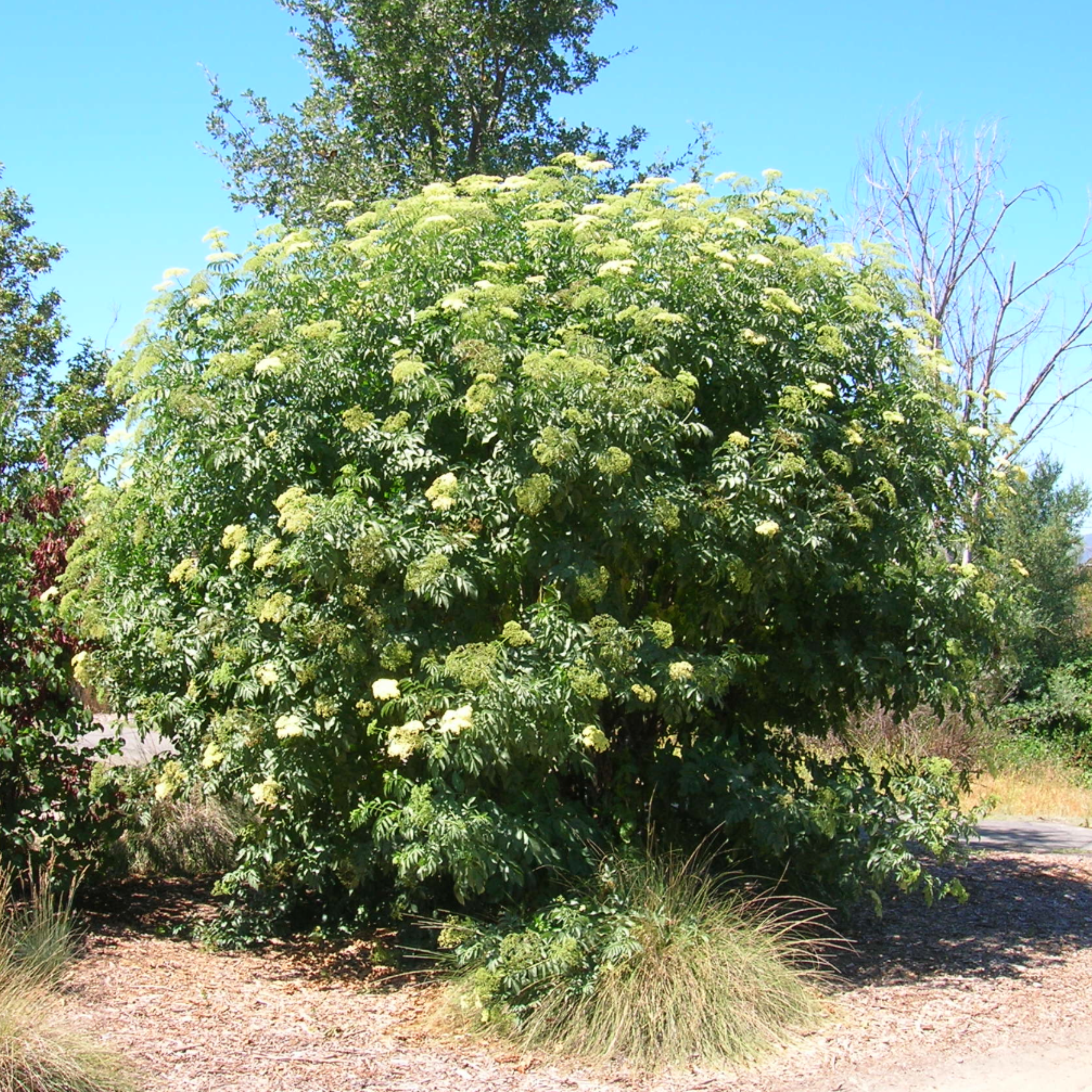
Adaptable:
Tolerates a range of soil conditions and some drought once established.
Environmental Benefits of Planting Elderberry
This data is based on US Averages of healthy and mature trees over a 20-year period.
Check out the USDA’s MyTree Tool to input your custom location data.

CO2 Offset
A single elderberry can offset the CO₂ emissions produced by driving an average gas-powered car for 2,203 miles.

Water Filtration
A single elderberry can absorb enough stormwater to fill 140 bathtubs, reducing erosion, runoff, and supporting transpiration.

Removes Air Pollution
A single elderberry removes as much air pollution as the weight of 12 smartphones.
Featured Projects
Featured Projects
Central Florida Lands and Timber Nursery, LLC. is a wholesale nursery specializing in a wide array of Florida native trees. With an inventory of over 2 million container-grown trees, CFLTN, LCC can meet the needs of large-scale reforestation, mitigation, and landscaping projects throughout the Southeast region.
Phone
(386) 294-1211
Address
3087 North County Road 53 Mayo, Florida 32066


